“I eat pretty well, so why am I still exhausted, anxious and craving sugar?” You are not alone in this thought.
Many of my clients at Transition Nutrition are purpose-driven adults aged 40 and over who have spent decades being busy, brilliant, and holding everything together, until their body decided to call time.
Despite their best efforts to eat “healthily,” they still feel drained, wired-but-tired, and convinced their duvet has launched a full-scale ambush. If this sounds like you, it’s not a willpower issue, it’s a cortisol catastrophe.
Story: John’s Cortisol Crash
Meet John*. At 48, he was juggling a business, a family, and a morning HIIT class like it was an Olympic sport. Breakfast? A lonely banana. Lunch? Whatever he could scoff between ‘Teams’ meetings.
He came to me saying:
“I feel like I’m running on fumes. I can’t sleep through the night, I’m snapping at my children, and I crave sugar all the time. But I eat pretty well!”
Spoiler: his meals were adding to his stress response. When cortisol (your stress hormone) is all over the place, your blood sugar, mood, sleep, and digestion go along for the ride.
That breakfast banana? Yes, fruit can be healthful but as a standalone, it was not helping him balance his blood sugar and therefore, his mood. By 11am, he was crashing – feeling irritable, and with thoughts turning to the office biscuits.
John didn’t need a ‘cortisol detox’ (what even IS that?!) We restructured his meals to balance blood sugar, soothe cortisol, and quietly tell his nervous system to relax. Two weeks in: better sleep. A month in: Calmer, focused and getting on better with his children. Result!
*not his real name

What Does a Cortisol-Calming Food Plan Look Like?
Want to know how to eat to calm cortisol? No fads. No restrictions. Just:
- Eating regularly (to avoid straying to the vending machine). This is dependent on individual situation and response, but if things are very imbalanced, we’d usually start with 3 meals and 2 snacks.
- Including protein, healthy fats and complex carbs at each meal
- Delaying coffee until after breakfast
- Easing off ultra-processed foods that do not fuel your nervous system effectively
This is the exact foundation I use in my 1-to-1 coaching sessions to support clients with energy dips, stress eating and hormone chaos. Alongside lifestyle support and sometimes supplements, this can make a huge difference to mood and energy levels.

Here’s a sample day (and yes, it includes food you’ll actually enjoy):
Breakfast:
Scrambled eggs with spinach and sweet potato + herbal tea (Start the day by fueling your nervous system)
Mid-Morning:
A handful of walnuts and an apple (real fuel, not fluff)
Lunch:
Grilled salmon salad with quinoa, avocado and olive oil dressing (hello omega-3s and brainpower)
Afternoon Snack:
Hummus with oatcakes or chopped veg (because 4pm crisps are nobody’s long-term ally)
Dinner:
Chicken stew with lentils and greens + small bowl of berries (comfort food, elevated)
Bedtime:
Chamomile or rooibos tea (Netflix strictly optional)
This kind of eating keeps your blood sugar on an even keel, sends calming signals to your hormones, and helps you feel more grounded. If you’ve been wondering how to eat to calm cortisol, this is it.

Ready to Stress Less?
If you’re tired of dragging yourself through the day and ready for food to help you feel better, download my free 7-Day Stress-Less Meal Plan.
Looking for something more personalised? Book your Cultivate Wellness Coaching session for tailored support to help you calm your nervous system and support your energy.




